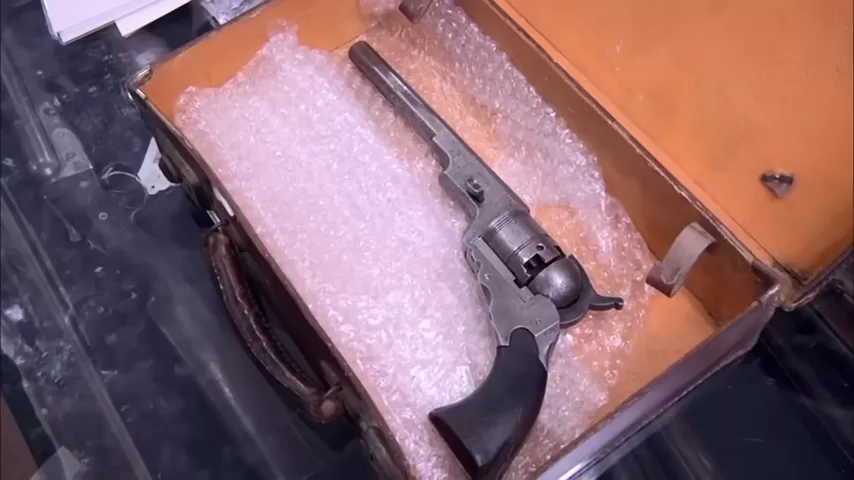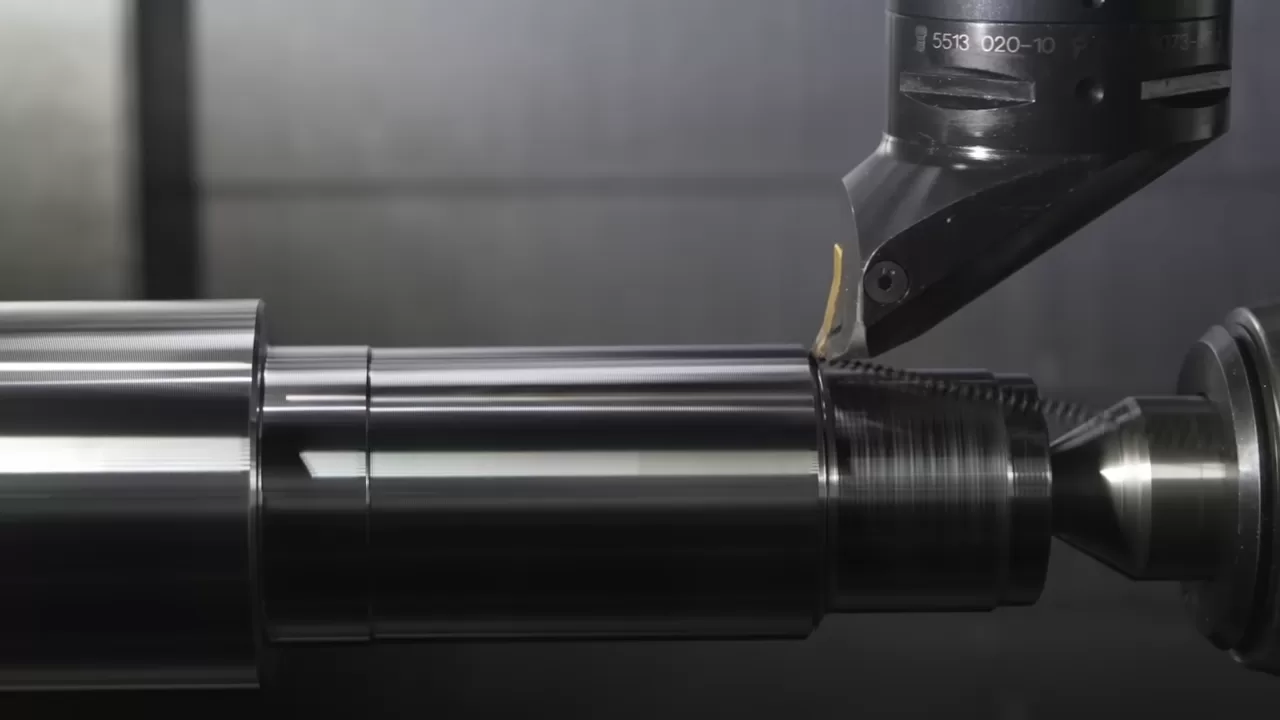It started with a visit to the pawn shop—and a gun that looked like it might’ve been pulled straight from a Civil War saddlebag or Buffalo Bill’s holster.
The seller didn’t mince words.
“It’s an 1838 Colt Paterson revolver, first gun ever made by Samuel Colt. I’m asking $15,000… could go down to $12,000.”
Not your average Saturday afternoon item.
At first glance, it looked like a rusty, old black powder revolver, but what made this one different was the alleged story behind it—and the engraving on the grip.
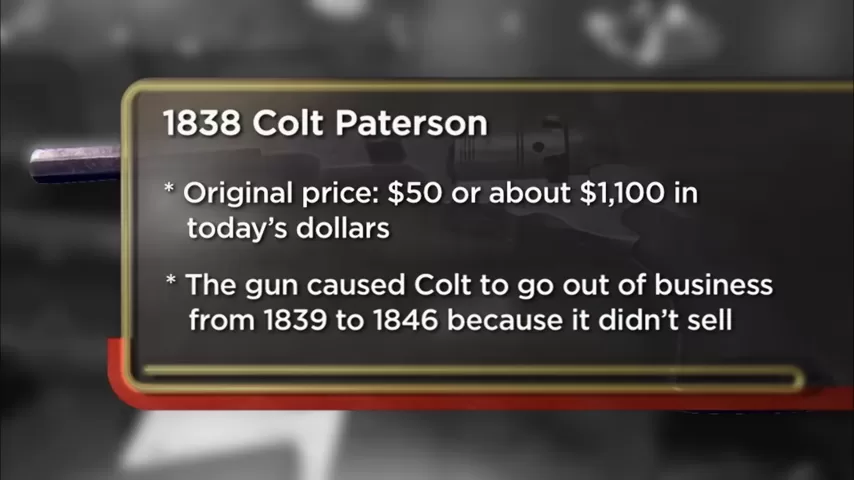
“This one belonged to William R. Manning, a Confederate colonel. Then it was passed down to Buffalo Bill, who eventually gave it to his daughter, May Manning Lilly, and her husband, Pawnee Bill.”
A big claim. But if even partially true, it could transform a rare old gun into a museum-worthy artifact.
What Makes the Colt Paterson So Special?
The Colt Paterson was the first commercially successful repeating firearm, a true game-changer in firearms history. Patented by Samuel Colt in 1836, the design introduced a revolving cylinder—the foundation of every revolver since.
“Before this, the reliable firearms were single-shot cap and ball pistols. Colt’s design allowed for five shots before needing to reload.”
Named for the town of Paterson, New Jersey, where Colt set up his first factory, these revolvers were originally intended for military contracts—but the U.S. Army wasn’t ready. Financial difficulties forced Colt’s company to close in 1842.
Only about 1,000 Colt Paterson revolvers were produced, and far fewer survive today.
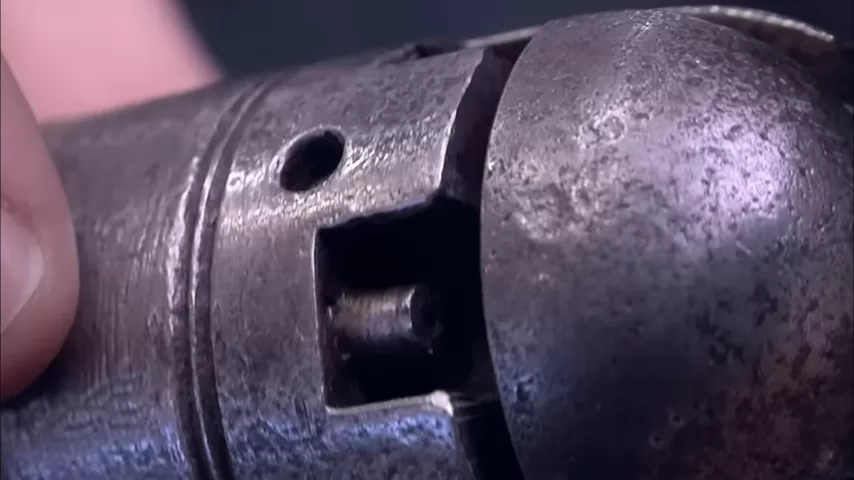
A Gun with a Story to Tell
What drew attention was not just the firearm’s mechanical rarity, but its supposed historical chain of ownership.
- William R. Manning – A Confederate colonel in the 50th Georgia Regiment.
- Buffalo Bill Cody – Legendary showman, frontier scout, and American folk hero.
- May Manning Lilly & Pawnee Bill – Part of the Wild West performance circuit that defined the mythos of the American West.
The revolver came with a box and documentation claiming the gun had been passed down through this lineage. The seller said he was a military gun collector and had traded and swapped for years—but this was a centerpiece.
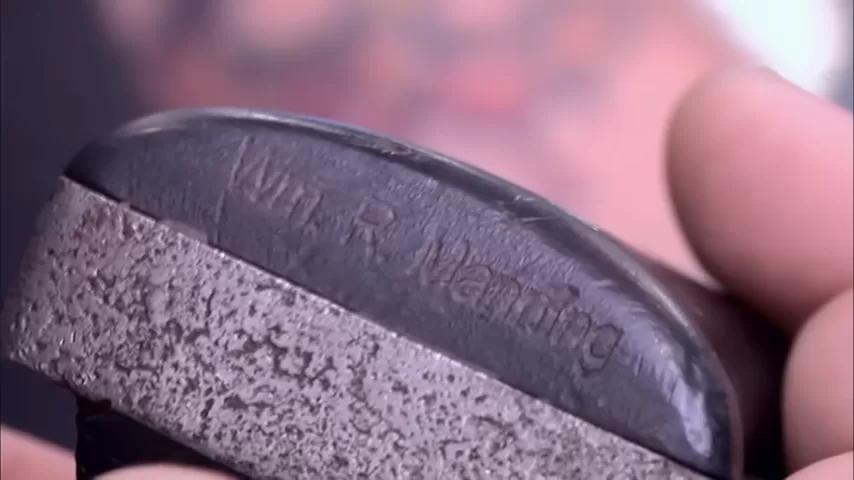
The Expert Arrives
Before making any offers, the pawn shop wisely called in a firearms historian—someone well-versed in Colt serial numbers, engraving styles, and Wild West memorabilia.
His reaction?
“If this gun is real, and the story checks out, it’s a very big deal.”
First came a physical check:
- Engraving on the grip? Looked old. ✅
- Font style? Period-appropriate. ✅
- Barrel length? A standard 7.5 inches, correct for the model. ✅
But then came the serial number reveal.
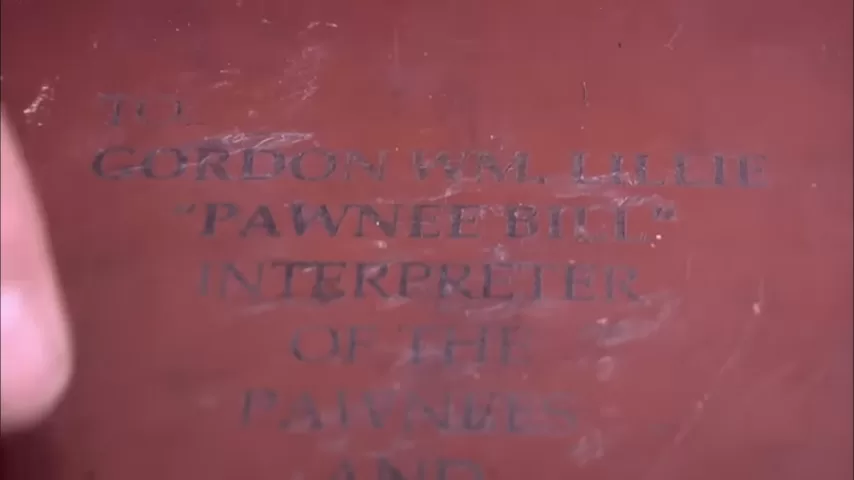
“The number on the barrel is 2.”
A collective gasp followed. If this was the second Colt ever made, it might be priceless.
But the celebration was short-lived. A second serial number—hidden under the grip—told a different story.
“It’s 936.”
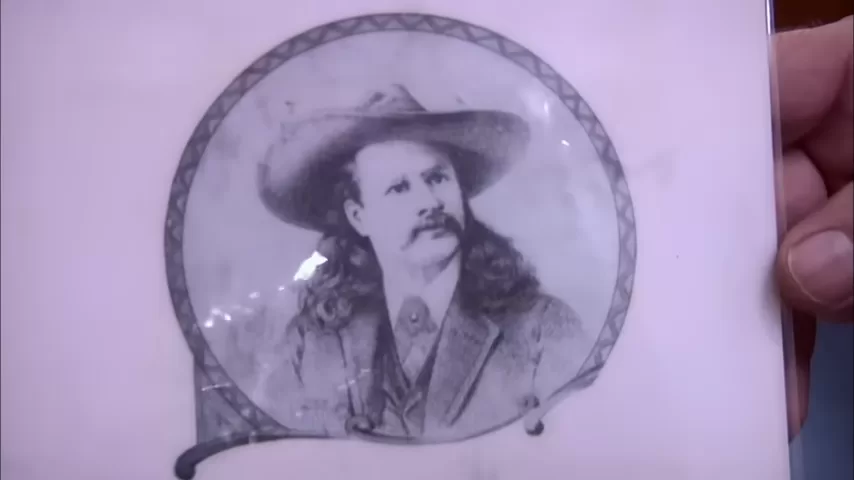
Mixed Numbers, Mixed History
So, what does it mean when a revolver has mismatched serial numbers?
After Samuel Colt’s original company failed, one of his partners salvaged what he could—assembling pistols from leftover parts, mix-matching cylinders, barrels, and frames. These “hybrid” Colt Patersons are still valuable but not considered factory-original.
“It’s still an original Colt Paterson,” the expert clarified. “But it’s likely assembled post-bankruptcy—possibly even by a dealer or private gunsmith.”
That reduced its historical purity, but not necessarily its appeal.
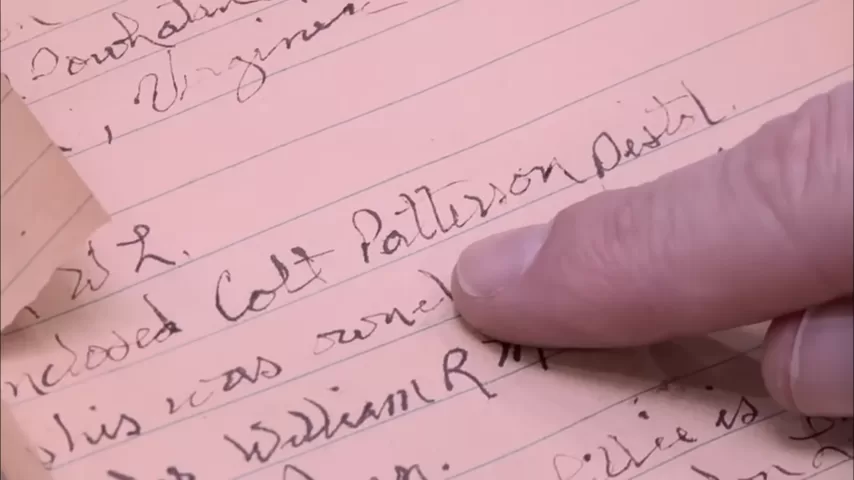
Buffalo Bill Connection: Fact or Folklore?
The box and documentation trace a clear line from William R. Manning to Buffalo Bill’s family. And while there’s no direct inscription from Buffalo Bill himself, the story is plausible.
“Based on the condition, context, and documentation, I tend to believe the story,” the expert said. “It adds value—maybe not dollar-for-dollar, but in terms of interest and provenance.”

So, What’s It Worth?
Despite mismatched numbers and worn condition, this Colt Paterson still carried impressive weight.
“There are maybe 150–200 of these left in the world,” the expert noted. “With the Civil War and Buffalo Bill story in play, I’d say it’s worth $25,000 to $100,000, depending on the buyer.”
That stunned the seller—who was only asking $15,000.
The Deal: $15,000 and a Smile
The pawn shop, cautious but intrigued, offered $12,000. The seller balked.
“I bring in a gun and you want to rob me!”
Eventually, both parties landed back where they started: $15,000.
“I’ll take it,” said the seller, clearly satisfied. “I’m gonna use it for my collection—to get something I really want.”
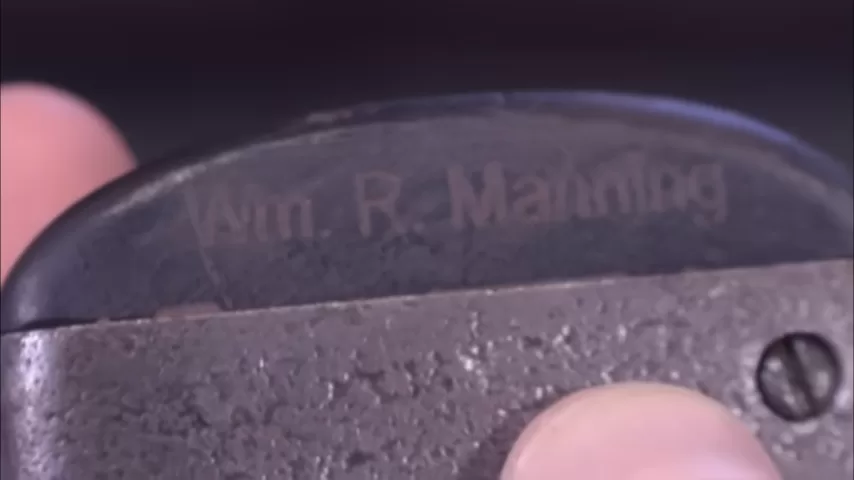
Final Thoughts: A Rare Piece of American Firearms History
This wasn’t just a gun. It was a time capsule from America’s most mythologized era.
- A revolver designed by Samuel Colt, the father of modern handguns.
- Possibly held by a Confederate colonel and later Buffalo Bill Cody himself.
- Complete with mismatched numbers that tell a story of post-bankruptcy innovation.
In today’s world, where collectors crave authenticity and backstory, this Colt Paterson delivers both.
Even if it’s not No. 2… it’s still one in a thousand.
